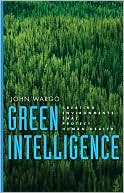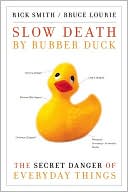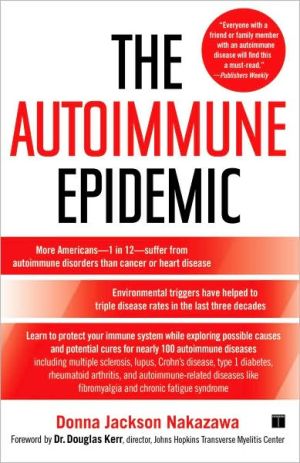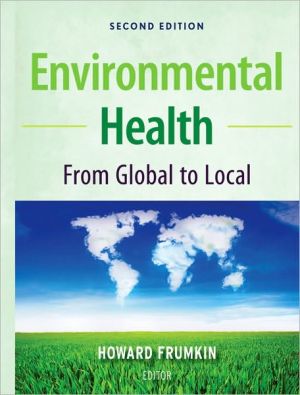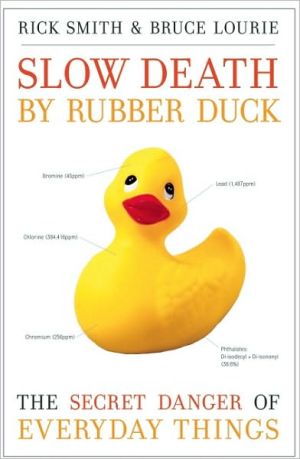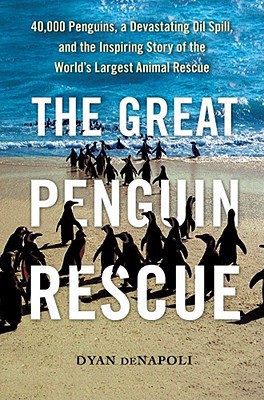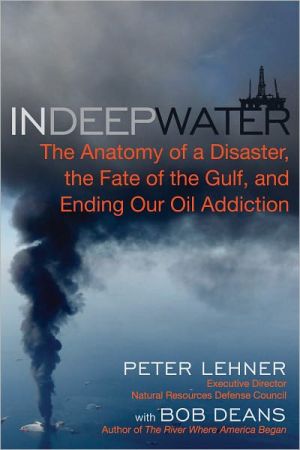Green Intelligence: Creating Environments That Protect Human Health
Search in google:
We live in a world awash in manmade chemicals, from the pesticides on our front lawns to the diesel exhaust in the air we breathe. Although experts are beginning to understand the potential dangers of these substances, there are still more than 80,000 synthetic compounds that have not been sufficiently tested to interpret their effects on human health. Yale University professor John Wargo has spent much of his career researching the impact of chemical exposures on women and children. In this book, he explains the origins of society’s profound misunderstanding of everyday chemical hazards and offers a practical path toward developing greater “green intelligence.” Despite the rising trend in environmental awareness, information about synthetic substances is often unavailable, distorted, kept secret, or presented in a way that prevents citizens from acting to reduce threats to their health and the environment. By examining the histories of five hazardous technologies and practices, Wargo finds remarkable patterns in the delayed discovery of dangers and explains the governments’ failures to manage them effectively. Sobering yet eminently readable, Wargo’s book ultimately offers a clear vision for a safer future through prevention, transparency, and awareness. Publishers Weekly On the morning of April 8, 1951, a group of American dignitaries visiting Runit Island in the South Pacific watched as a blinding white light filled the sky, followed by a yellow and red fireball that vaporized millions of tons of water, mud, plant and animal life into radioactive mist and debris. Within 15 seconds, the conflagration was over, but the damage the nuclear experiment unleashed on the Marshall Islands would last generations. It is from this dramatic focal point that Wargo, a Yale University professor, paints his distressing landscape of modern ecology, further coloring it with the histories of three other pernicious practices that have changed the chemistry of the planet and our bodies: the use of modern-day pesticides, the consumption of vehicle emissions and the widespread adoption of plastics. Wargo reveals how information about synthetic substances has been distorted and kept secret preventing people from taking action to reduce threats to their health. Though Wargo sometimes skirts a general sentiment of helplessness in the face of industrial and governmental actions, he punctuates the book with ways in which people can take back long-violated environments and reclaim their ecological well-being. Copyright © Reed Business Information, a division of Reed Elsevier Inc. All rights reserved.
List of FiguresPrologue: Beyond ControlPt. 1 The Legacy of Nuclear Testing 11 Perfecting the Art of Terror 32 The Strontium-90 Odyssey 193 Experiments on Humans 404 Nuclear Accidents 60Pt. 2 Training for War, While Wasting Nature 755 Sowing Seeds of Protest 776 Ravaging Landscapes and Seacoasts 957 Mercury 1068 Wasteland or Wilderness? 126Pt. 3 The Business of Pesticides 1379 Capitalizing on Innocence 13910 Without Warning 15511 The DDT Dilemma 17312 What Is Acceptable Risk? 189Pt. 4 Breathing Toxic Air 20513 Airborne Menace 20714 Who Is Most at Risk? 22015 The Trouble with Diesel 230Pt. 5 Lessons Learned and Emerging Threats 24116 Forgotten Lessons 24317 The Quiet Revolution in Plastics 26418 Green Intelligence 283Epilogue: Taking Personal Control 295Acknowledgments 302Notes 305Index 357
